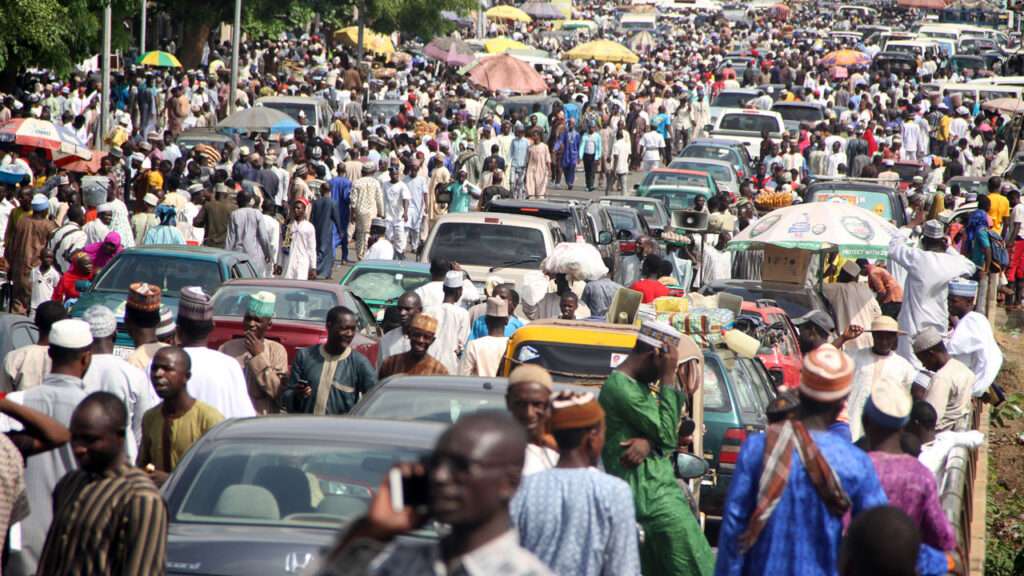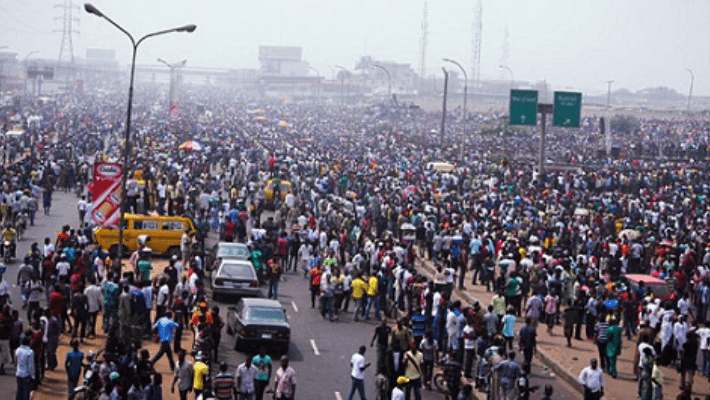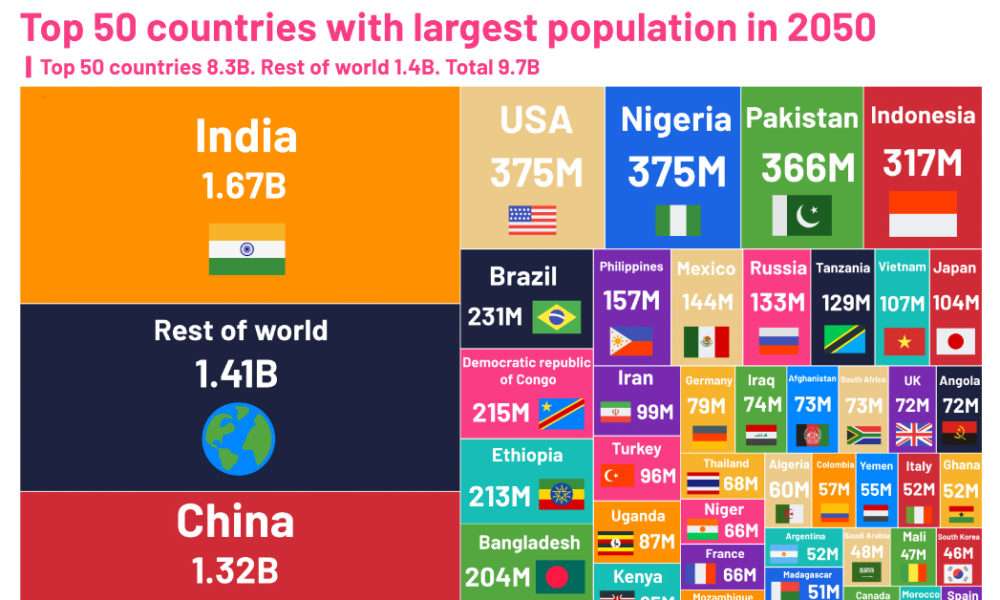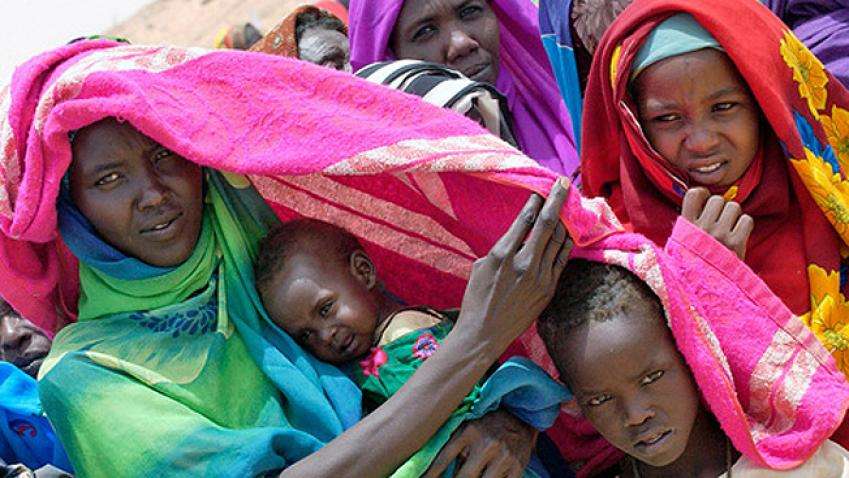World Population Day: What will the world look like in 2050?

Over the past year, the world population officially hit eight billion, and India surpassed China to become the world’s most populous.
People across the globe observe July 11 as World Population Day – designated by the United Nations to focus attention on the urgency and importance of population issues, including their relations to the environment and human development.




Over the past 12 months, the world saw two significant population milestones. First, in November 2022, the global population officially hit eight billion people. Second, in April this year, India surpassed China to become the world’s most populous country, according to UN estimates.
While the world’s population continues to grow, the rate of its growth is actually slowing. Earlier this year, South Korea once again smashed its own record for the world’s lowest fertility rate, while other countries across Asia including Japan and China also recorded their lowest birth rates.
In the following infographic series, Al Jazeera breaks down the world’s population numbers and explains what declining populations mean for the rest of the world.


How the world’s population tripled in 70 years
In 1955, there were 2.8 billion people on Earth. Today, that is the population of India and China alone.
The animation below shows how the world’s population tripled from 2.5 billion people in 1950 to 8 billion in 2022. According to estimates by the United Nations Population Division, the world will reach some 9.7 billion people by 2050.
By 2050, after India and China, Nigeria is expected to become the world’s third most populous nation, followed by the United States, Pakistan, Indonesia, Brazil, the Democratic Republic of the Congo, Ethiopia and Bangladesh, in that order.



Is your country’s population growing or shrinking?
In simple terms, a country’s population can be determined by four factors: births, deaths, immigration (people entering the country), and emigration (people leaving the country).
Source: Aljazeera
Richard Koomson| mediacentralonline.info |Ghana
kindly send us your stories on our WhatsApp line 0500004727






